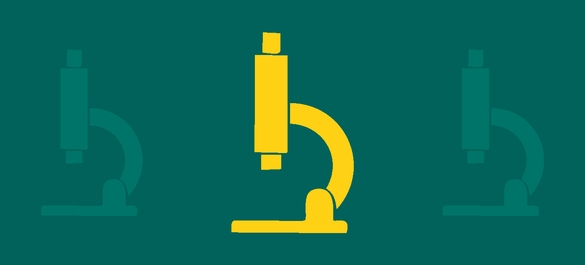AMR explained
AMR at a glance
- Antimicrobial resistance (AMR) is one of the top global public health and development threats. It is estimated that bacterial AMR was directly responsible for 1.27 million global deaths in 2019 and contributed to 4.95 million deaths[1].
- Today, AMR is a leading cause of death worldwide, killing more people than HIV and malaria combined[2].
- In addition to death and disability, AMR has significant economic costs. Current estimates suggest that the annual global cost of AMR is ~$900 billion/year [3].
- Up to 90% of the antibiotics we consume passes through our body into the sewerage system [4].
What is Antimicrobial Resistance (AMR)?
Antimicrobial resistance (AMR) is when microbes (including bacteria, viruses, fungi and parasites) evolve so that they are no longer affected by the medicines that have been developed to target them. These medicines are called antimicrobials.
Antimicrobial resistance = microbes becoming resistant to antimicrobials.
Did you know?
Alexander Flemming discovered the first antibiotic in 1928, called penicillin, but warned about AMR in his Nobel Prize acceptance speech: ‘The time may come when penicillin can be bought by anyone in the shops. Then there is the danger that the ignorant man may easily underdose himself and by exposing his microbes to non-lethal quantities of the drug [and] make them resistant’.
AMR is a naturally occurring process but, more recently, human activities have worsened this natural phenomenon and driven the AMR crisis as we know it.
This has happened for several reasons including the overuse or improper use of antimicrobials in humans, animals and plants; poor infection prevention and control practices; and a lack of new antimicrobial drugs being developed.
Learn more about Antimicrobial Resistance (AMR)
[2] Murray CJ, Ikuta KS, Sharara F, Swetschinski L, Aguilar GR et al. Global burden of bacterial antimicrobial resistance in 2019: a systematic analysis. The Lancet 2022; 399:629-655.
[3] Global Leaders Group on AMR. Building the investment case for action against antimicrobial resistance; 2024.https://www.amrleaders.org/resources/m/item/annex-to-the-glg-report






